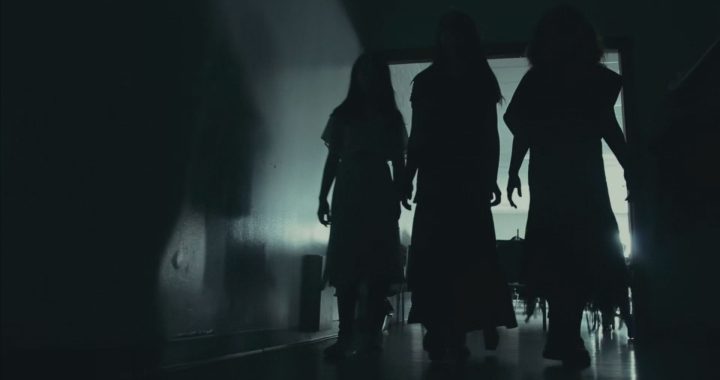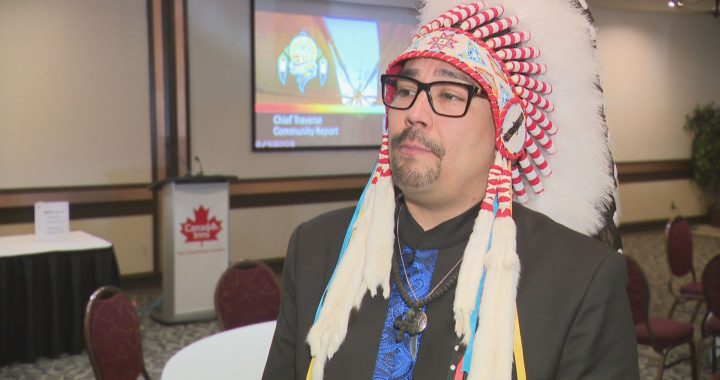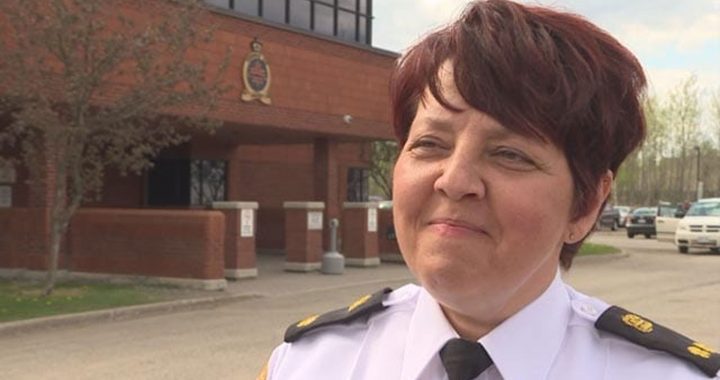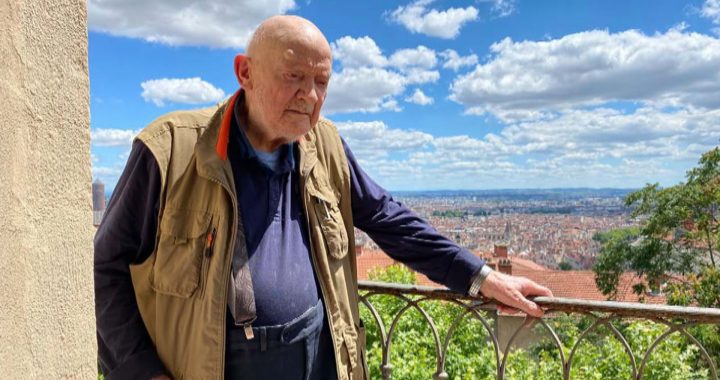
An American inquiry has begun on the epidemic of missing and murdered Native and Alaskan women.
As Canadians debate the results of the National Inquiry into Missing and Murdered Indigenous Women and Girls a similar probe is underway in the United States.
The Task Force on Missing and Murdered American Indians and Alaska Natives – also known as ‘Operation Lady Justice’ – began a series of “listening sessions” last week.
Its seven-member panel has until November to report to U.S. President Donald Trump on the high number of disappearances and deaths or what he termed “a tremendous problem.”
Just as in Canada, there is a wide disparity between the number of unofficial and official victims.
Statistics from the Urban Indian Health Institute in the U.S. show there were 5,712 reports of missing American Indian and Alaska Native women and girls in 2016, while the U.S. Department of Justice federal missing persons’ database – NamUs – logged only 116 cases. This was before the U.S. Senate ordered them in 2018 to update their database.
1,200 missing and murdered
Canada’s federal RCMP claim there are close to 1,200 missing and murdered Indigenous women but the national inquiry said in its final report of June 3, 2019 the number was much higher and likely unknown (without providing a figure of its own).
Many Indigenous (First Nation, Métis and Inuit) communities in Canada and the U.S. – known as reserves and reservations, respectively – are policed by federal and tribal forces.
Another similarity between the two countries? Indigenous women on either side of the border experience shocking rates of violence.
The U.S. Centres for Disease Control (CDC) reports murder is the third leading cause of death for American Indian and Alaska Native women, with rates of violence on reservations up to 10 times higher than the national average.
In Canada, Indigenous women and girls comprise almost 25 per cent of homicide victims, according to a 2017 Statistics Canada report cited in the national inquiry’s final report.
12 times more
Said Michele Audette, one of the inquiry’s four commissioners: “Indigenous women and girls are 12 times more likely to experience violence than non-Indigenous women.”
That’s why Annita Lucchesi, a Native American doctoral student, began building her own database to track violence against Indigenous women.
And that’s also why – as a survivor of domestic and sexual violence – she says she’s following Operation Lady Justice and comparing it to the Canadian inquiry.
“As messy as Canada’s was… at least (the Canadian) one pretended to care about the feelings of families and pretended to be culturally sensitive,” she said in an interview.
“That’s just not happening at all at Lady Justice.”
Canadian inquiry
Lucchesi said families of the missing and murdered who took centre stage during the Canadian inquiry are nearly shut out of the U.S. process.
“I attended one (last Friday) morning for Rocky Mountain and Southern Plains – eight or nine states combined,” Lucchesi said from California.
“No one was informed in advance that each person would only have three minutes to testify and that families would have to compete against tribal leaders and members of the general public to share their stories.”
And unlike the Canadian inquiry, there is no money for families to travel to make their presentations.
“I know that was really upsetting to a lot of the (American) families,” Lucchesi said.

Lady Justice is supposed to review cold cases, strengthen law enforcement protocols, and work with bands to improve investigations, information sharing and missing person investigations.
Its budget of US $3-million pales in comparison to the $98 million spent over three years in Canada, which made 231 calls for government action and labelled the ongoing violence faced by women and girls a “genocide”.
But there has been little political activity since its conclusion a year ago.
Lucchesi, a freelance cartographer, has compiled approximately 4,000 missing and murdered cases in her database, which she has incorporated under an international organization called the Sovereign Bodies Institute.
She works with families to record these crimes and is helping some prepare their testimony for Lady Justice.
“I’m not optimistic that it’s going to be a successful endeavor but I want to give it every option to succeed,” she said in an interview.
“And I know that for families – similar to families in Canada with the inquiry – for a lot of families this is their one shot to be heard.”









